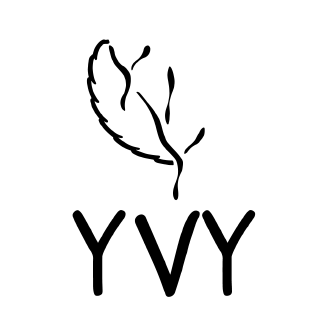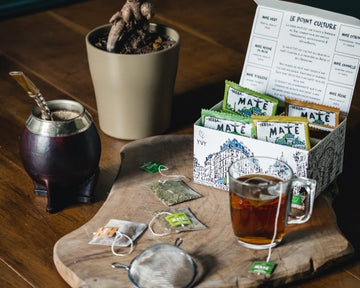

The history of yerba mate dates back to the origins of the discovery of this plant by the Guarani people . Throughout history, this energy drink has crossed the oceans to conquer many countries and cultures such as Syria or the Druze , a Lebanese community.
The history of mate

The beginnings of yerba mate plantations
The history of yerba mate begins in South America , in the heart of the Guarani people, a group of Amerindian populations that spans the regions of Brazil, Argentina, Paraguay, Uruguay and Bolivia.
According to Guarani tradition, yerba mate leaves were chewed or infused in a gourd. The natural virtues of the plant allowed its consumers to resist the harsh climate and fatigue . It was used in particular during long journeys across the Andes, or during transhumance.
More than just a beverage, yerba was a true ritual in the Guarani culture. The tree was sacred and considered a gift sent by the gods. Beyond the many nutritional and medicinal benefits, it was a spiritual element of the Guarani culture.
Mate or "Jesuit tea"
It was in the 16th century, with the arrival of the Jesuits , that mate tea took on a whole new dimension and opened up to the rest of the world. Its production was organized and intensified under the control of the missionaries , which allowed them to enrich themselves.
Later, the Jesuits extended its use throughout the territory of the conquistadors, but it was in the form of small bags that they consumed the mate leaves. This is why it is often called Jesuit tea .

The legend of the Guaranis
Many stories contribute to the solid reputation of yerba mate. Moreau de Tours , then a famous doctor throughout Europe, relates a story that contributes to this legend: explorers are said to have survived for more than a week in the forest by feeding only on yerba* leaves.
Back on the European continent, the Jesuits praised the merits of mate as a miraculous drink that could chase away fatigue and bring good humor throughout the day.
They also embarked on extensive research into the plant. As a result of this research, the secrets of Yerba Mate cultivation emerged. Unfortunately, they disappeared just as quickly.
It has been noted that mate tea can only flourish in certain regions of South America . It was only later, in the 20th century, that new techniques appeared, which made it possible to adapt the cultivation of the shrub, as we know it today.
It was from the 17th century that the Spanish gradually adopted the consumption of leaves, most often in the traditional way using a mate gourd and a bombilla .
*Source: “Maté, historical, chemical and physiological study.” A. Moreau de Tours - 1908
Mate, the iconic drink of South America

Ilex paraguariensis or mate
Coming from the holly family , yerba mate is a plant endemic to the central region of South America. To fully develop, this shrub needs high humidity, a particular altitude and very fertile soil, which is why it is mainly cultivated in Argentina, Paraguay and southern Brazil.
The extraordinary properties of this infusion and its role as a vector of social bonds make it popular well beyond these 3 countries.
Indeed, yerba mate is very popular in Syria and Lebanon (especially in the Druze community) with a cumulative consumption of 42,000 tons . The consumption of the plant spread and became popular in the 19th century with the many emigrations to Argentina, Bolivia and Uruguay.
Today, this plant is widely consumed throughout the world both at home and in the workplace.
We are committed to growing organic mate in order to offer you the best quality infusion!
Derniers articles

Les erreurs à éviter quand on prépare son maté

Quelle est la composition du maté ? Caféine, antioxydants et vitamines

Maté barbacuá : un séchage traditionnel dangereux ?









